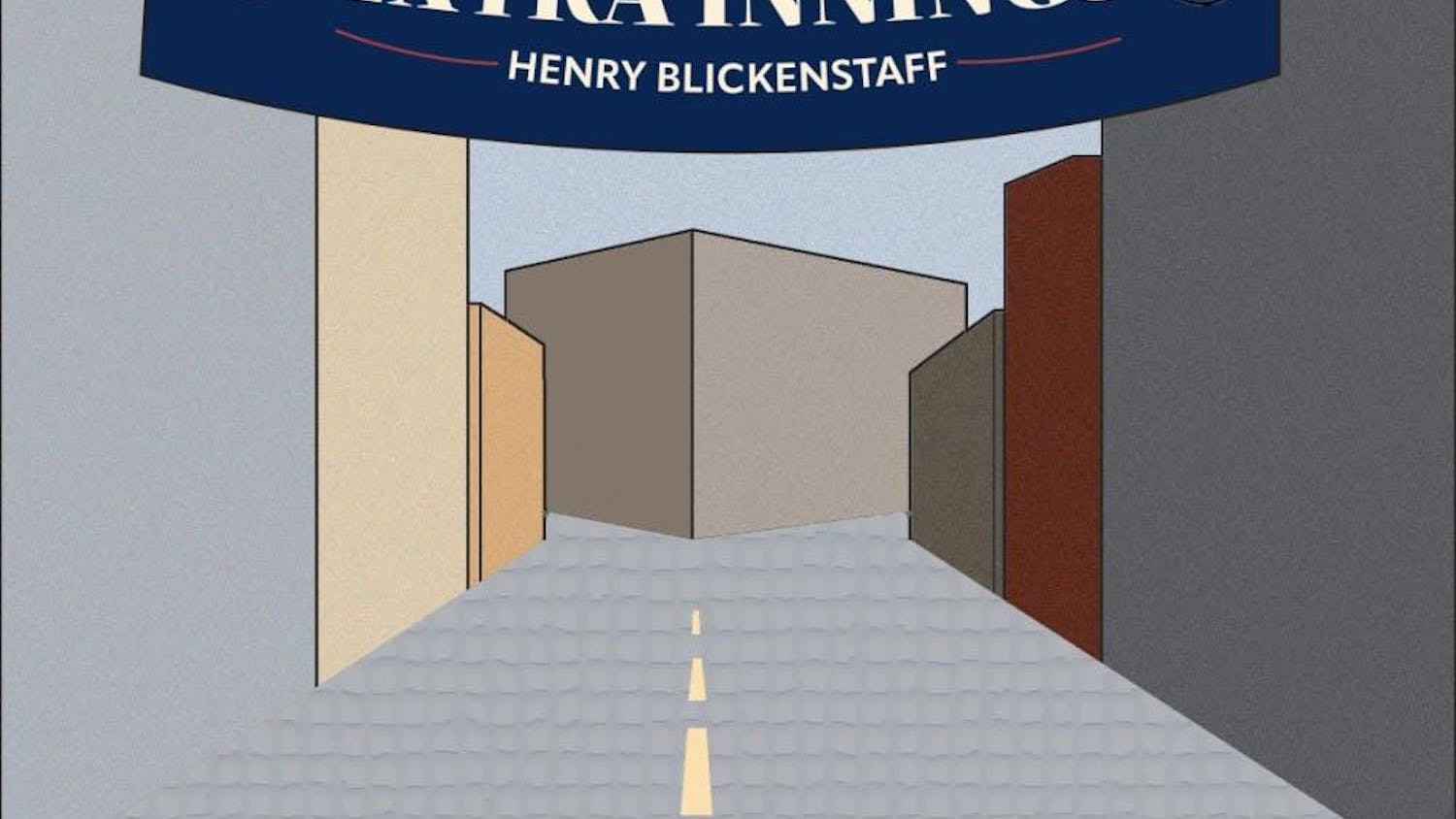This is Andrea Chavez, a first-year of Peruvian heritage from Massachusetts who lived in Chimbote, Peru for three years. She plays the acoustic guitar, used to play the violin and still sometimes plays the piano. She is planning to major in quantitative economics, and she loves Peruvian food. Andrea shared her insight into music today in Peru.
Haruka (H): What’s pop music in Peru like? What genre, and which artist, is most popular right now?
Andrea (A): I don’t know specific contemporary Peruvian artists. I know classical Peruvian artists, and I know there are some that are just starting off. Pop music among youth is a mix, including songs from here. There’s reggaeton, which is dance-oriented. Salsa is also a popular genre. At parties, young people get excited for reggaeton and salsa alike. There are also styles that are more traditional. For example, música criolla is very Peruvian and traditional, but people listen to that today. One of the popular songs is “Mueve Tu Cucu” by Oscar Avilés.It incorporates African music called Festejo, which means festivity. Arturo “Zambo” Cavero is also a famous Peruvian singer.
H: What’s traditional Peruvian music like?
A: Musica criolla is the all-encompassing genre of traditional music. Guitar, cajón (a box-shaped percussion instrument) and singing shape this genre. Festejo is incorporated in the traditional music because there were African immigrants and slaves in Peru.
Huayno is a genre that is popular in the mountains. The dancing that goes with it involves a lot of stepping. It’s lively. There’s a lot of percussion, and there are trumpet-like sounds involved. One of the traditional instruments is the pan flute (quena), which you play horizontally.
H: Is there a tune that everyone knows in Peru?
A: People know the more traditional pieces. Even younger people know it because those songs are cultural, shared in the family through get-togethers. Dance is also a big part of that musical tradition. My 16-year-old cousin dances Marinera which is a dance from the mountains. She’s been here in the States for a while, and whenever our family gets together, she dances for us.
“La Flor de La Canela” by Chabuca Granda is a song that everyone knows, I think. “La Rebelion” by Joe Arroyo is also widely known, and it’s a salsa song that has to do with African slavery. A lot of youth like reggaeton.
H: Does modern music incorporate more traditional styles?
A: I think so. I don’t know if it’s because they know how much traditional music is a part of our lives that modern artists incorporate traditional music, or because it’s too big a part of their lives to not incorporate into the music they produce. I think that’s changing, though, since Peruvian music is getting more Americanized.
H: How, if in any way, do you find Peruvian music different from other music you’ve encountered?
A: I think every country has traditional music that is distinct in its own way.





